In setting out their lofty ambitions for a new seafront stadium, Aberdeen FC have taken inspiration from some cutting-edge grounds.
The Dons have provided several examples of developments elsewhere in the world that are sparking the regeneration of their surroundings.
And a new report arguing the case for the ground lists success stories they are keen to emulate from Manchester to Malmo.
Manchester’s Etihad a crucial part of city’s image overhaul
Over the past 25 years, some major regeneration efforts have been taking place in the east of Manchester.
And the Etihad Stadium, built to host the 2002 Commonwealth Games before becoming the home of Manchester City, has been a crucial part of the turnaround.
The 48,000-seat ground is accompanied by a “Sportcity” complex with an aquatics centre, Machester Velodrome and athletics and squash centres.
It also has the Etihad campus, where students can live, learn and work.
In 2017, plans for an expansion to connect it with the city centre were approved.
Currently, Aberdeen City Council is working on an ambitious masterplan to create more links between the centre and the seafront.
The football stadium would be a big part of that, with fans spending time – and money – in town before and after games.
Major Bradford stadium upgrades to ‘break cycle of poverty’
Another source of inspiration is the £50m refurbishment of the Odsal Stadium planned in Bradford.
Under the plans the home of the Bradford Bulls rugby league side would also become a rugby league skills centre with a park and ride, car park, other pitches and a hotel attached.
Like Aberdeen FC’s net zero ambitions, it would incorporate a solar farm too.
But more importantly, Bradford Council has labelled it as a “once in a generation opportunity to break the cycle of poverty” in the area.
As well as once again making Bradford a rugby powerhouse, the bid says the stadium will allow the city to host huge music and cultural events.
The Telegraph and Argus newspaper described how the revamp could attract more than 1.25m visitors and create £1bn of socio-economic benefits for the West Yorkshire city.
Brentford FC football stadium regeneration boost
But perhaps the most similar case study is the relocation Brentford FC underwent in 2006.
The west London side moved from their “antiquated” Griffin Park home to the purpose-built GTech Community Stadium in 2020.
The park, with capacity for 20,000 fans, was built over a former waste transfer station.
But it has become more than just a football ground.
The £71m development has been described in the Aberdeen FC report as a “sporting, residential and leisure” complex – bringing a “significant change” to the area.
Aspiring for something similar, the club says it became a “new destination, not just on match days”.
Watch this time lapse footage of the new stadium being built:
Like Aberdeen FC’s vision for the beach stadium, it is also capable of hosting rugby matches.
And in the new ground, the club is expecting match-day revenue to soar from £3.2m per season to £10m.
Echoing Aberdeen’s beach regeneration, it was also part of wider plans – with the GTech part of a £250m project also including 910 new homes, a hotel and shops.
Tottenham spur on ‘new dawn’ with football stadium regeneration plan
Elsewhere in London, Spurs opened their new Tottenham Hotspur Stadium in 2019.
Much like the Dons’ aims, the new ground has attracted visitors to the north of the English capital.
The Lilywhites’ aims were slightly more ambitious – with 258 new affordable homes, a new primary school, supermarket, gym and shops all included in the bundle.
But where Aberdeen FC may have taken influence is it its ambition to become an “entertainment destination” drawing 2m people each year.
Could stars the stature of Lady Gaga grace the same turf as Dons players?
The crowded Tottenham Hotspur stadium is ready to welcome Lady Gaga’s Chromatica Ball tonight. pic.twitter.com/6bYxQr3b9g
— Lady Gaga Now 🧠 (@ladygaganownet) July 29, 2022
In that capacity, they have managed to stage shows by megastars like Guns N’ Roses and Lady Gaga.
In its aims to inject millions into the economy, that is just the sort of thing Aberdeen FC hopes the new venue can achieve.
Dutch club is leading the way with net zero aims
Dutch team Den Haag is at the forefront of the green revolution when it comes to football.
The club, who play at the Cars Jeans Stadium in The Hague, have a similar size of ground to the proposed Pittodrie replacement at 15,000 seats.
ADO Den Haag biedt NEC stadion aan https://t.co/4YqsO8FCcG #veronicainside pic.twitter.com/u4sfsJoYIB
— Vandaag Inside (@vandaaginside) November 5, 2021
They use solar panels on the roof to generate renewable energy, which is used to power floodlights and charge supporters’ electric cars.
Earlier this year, Dons directors Rob Wicks and Zoe Oglivie told us how the club wants the stadium to be a “tangible demonstration of Aberdeen’s net-zero ambition”.
Zoe added: “Lots of businesses in town are making that transition from fossil fuels, and with the size of our fanbase, we can really start to influence fan behaviour.”
And the club even singled out the idea of solar panels on the roof powering the Red Army’s electric cars…
How Malmo is template for Pittodrie’s future
The Dons are taking a cue from Sweden when it comes to repurposing Pittodrie.
The City of Malmo this year progressed plans to turn the club’s former home into an “open and green district” for sports and education.
It comes after the club moved into the new Eleda Stadion in 2009.
The council wants to demolish the historic site built to help host the 1958 World Cup to fully redevelop the area by 2030.
Aberdeen FC is planning to convert Pittodrie into housing after the relocation, and will be looking at the handling of similar sites as they set forth on that mission.
Are there other grounds you’d like the Dons to take inspiration from? Let us know in our comments section
Not a football stadium… But Dundee V&A is a regeneration inspiration
But it’s not just football stadiums that Reds bosses have been looking at.
Another source of inspiration is the new V&A Museum credited with turning around the fortunes of Dundee’s waterfront.
The dossier names it as “one of the largest regeneration schemes in the UK”.
It’s had a knock-on impact “repositioning the city as a great place to live, visit, study and invest in”, but Dons chiefs don’t want that to be where the similarities end.
They are hoping the amount of public cash ploughed into its construction is mirrored in Aberdeen.
The V&A received £38m from the Scottish Government, £13m from the National Lottery, £6m from Dundee City Council and £5m from the UK Government.
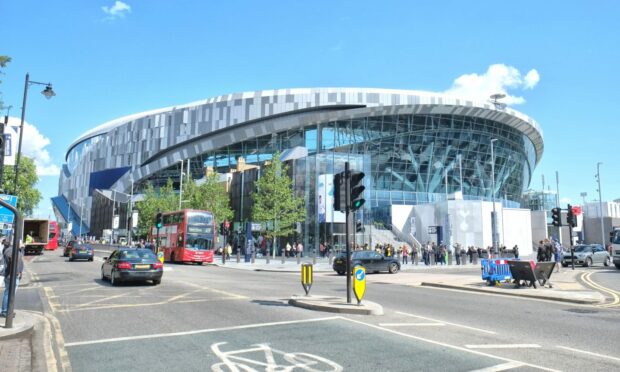

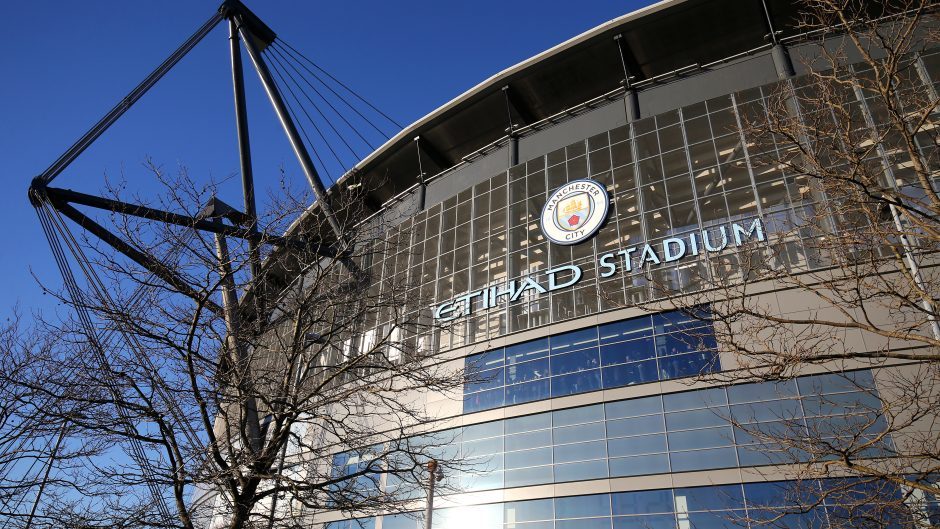

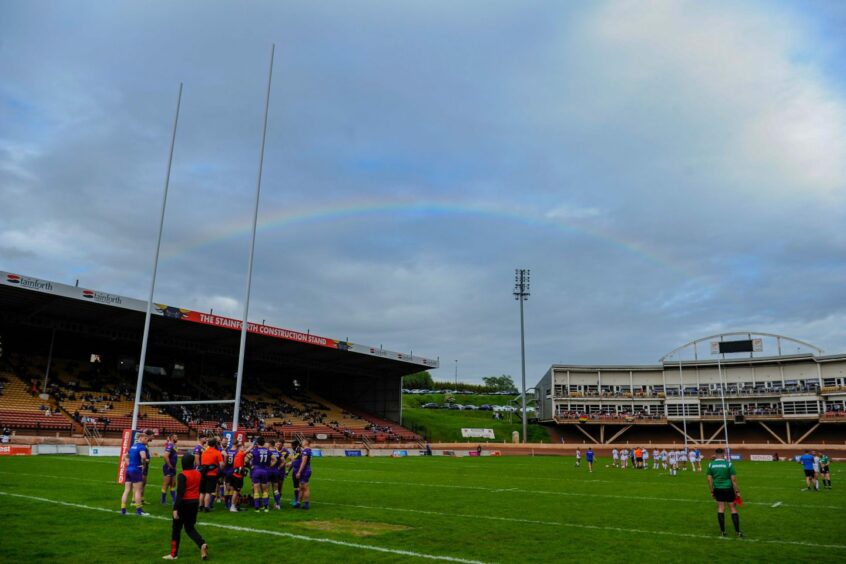
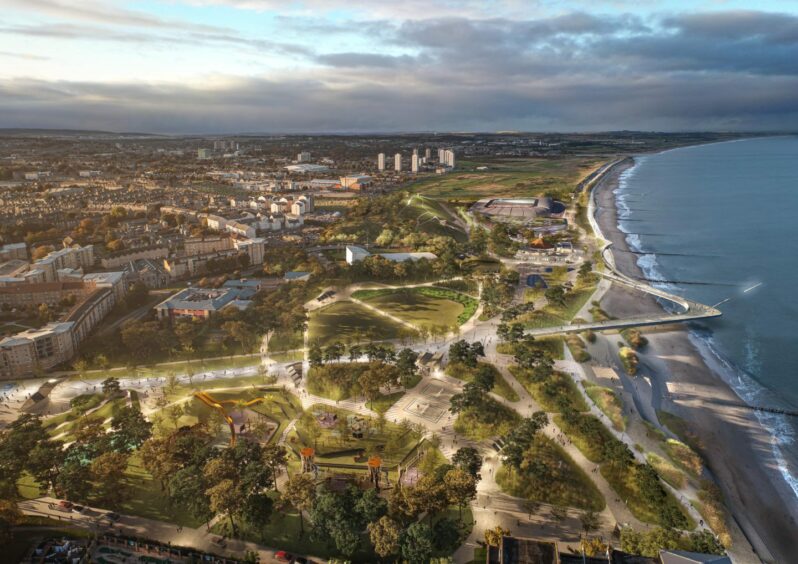
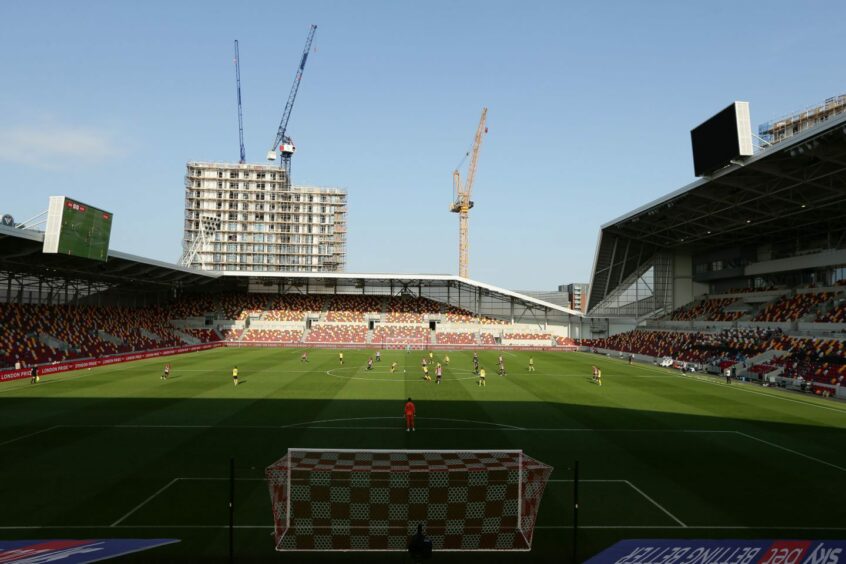

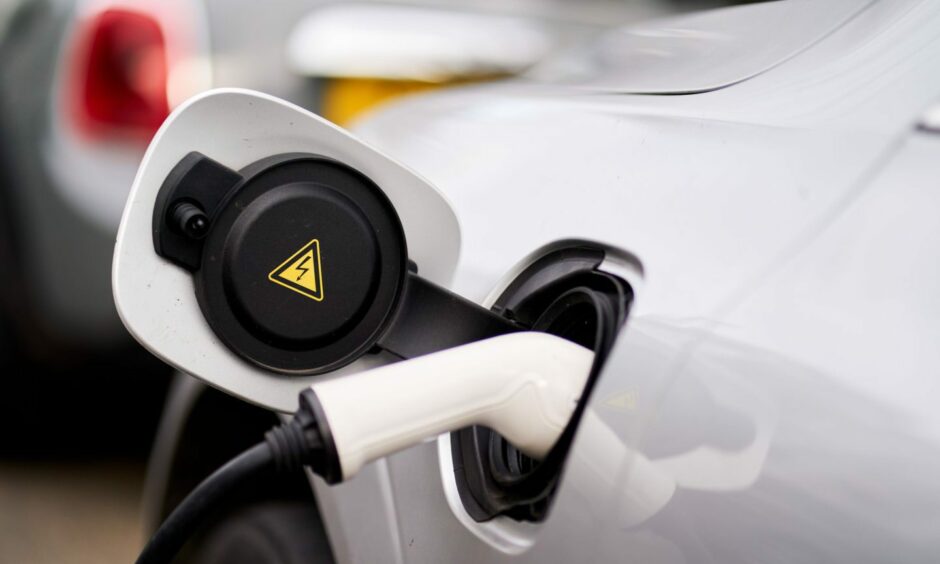
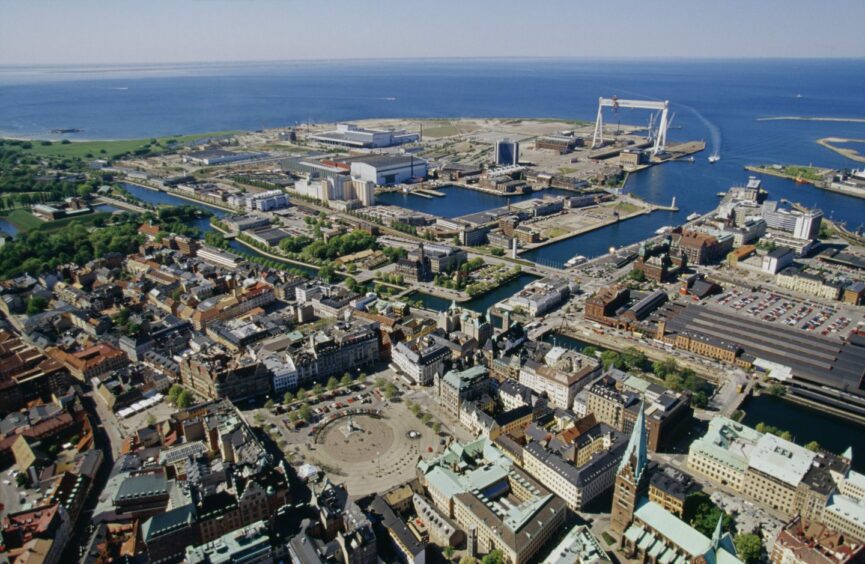
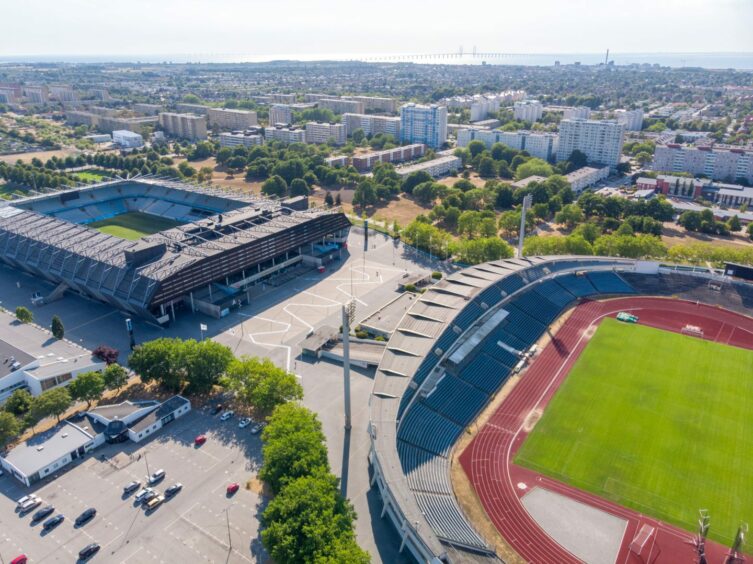
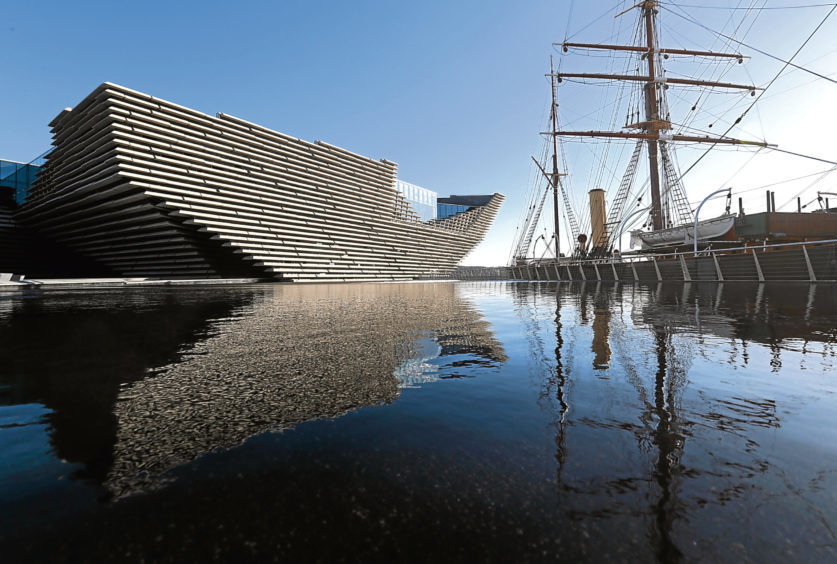
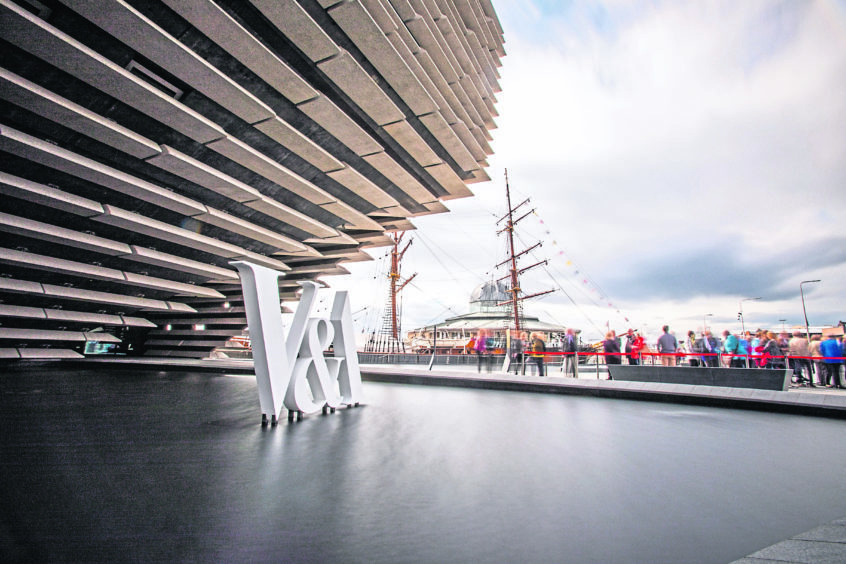
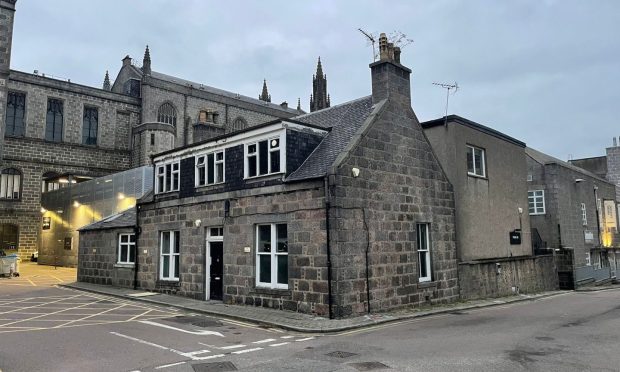
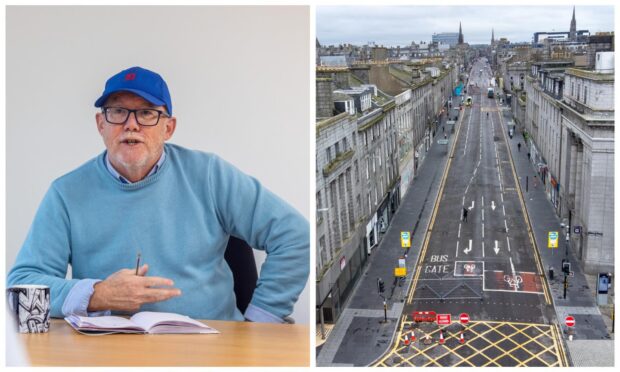


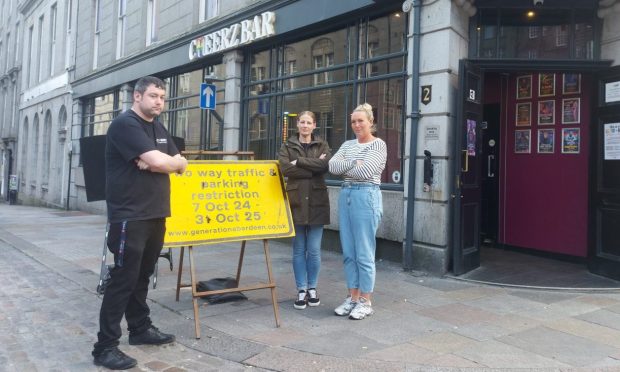
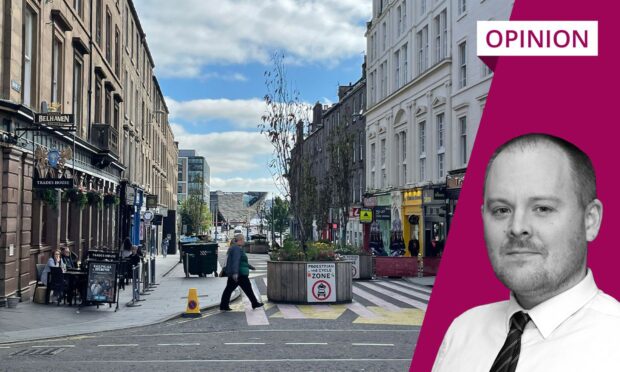
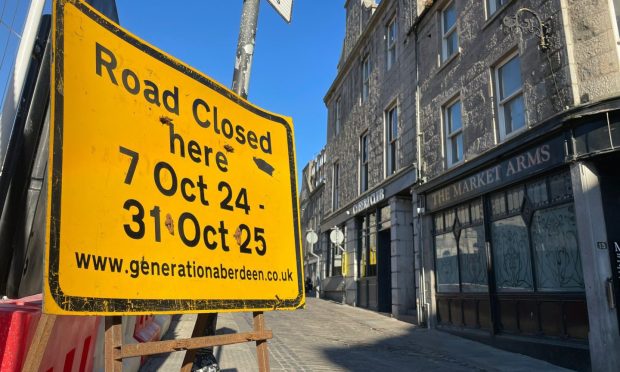
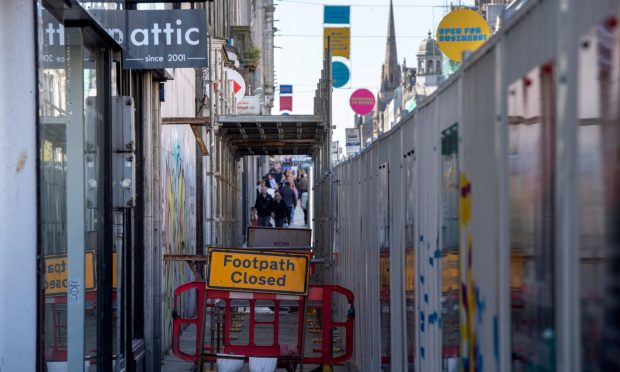
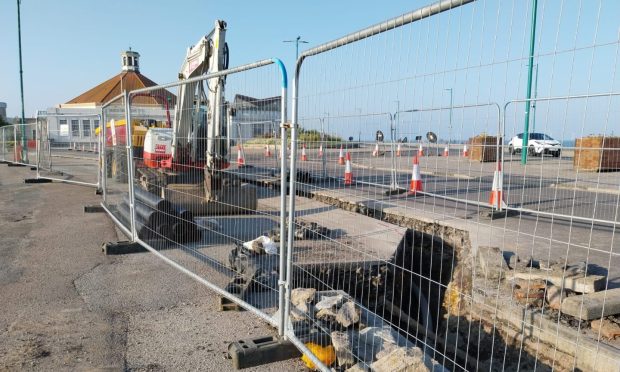

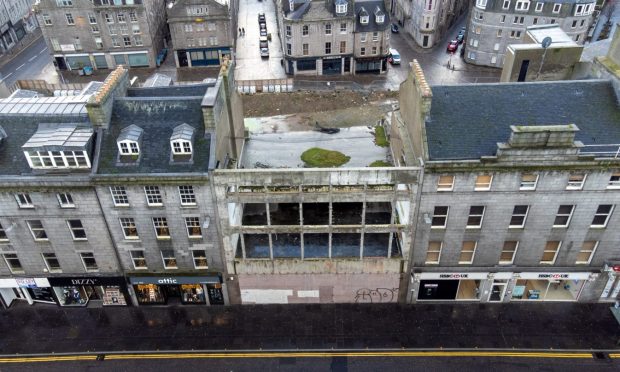
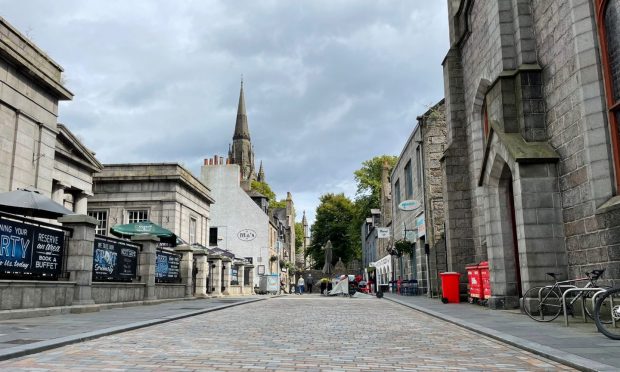
Conversation